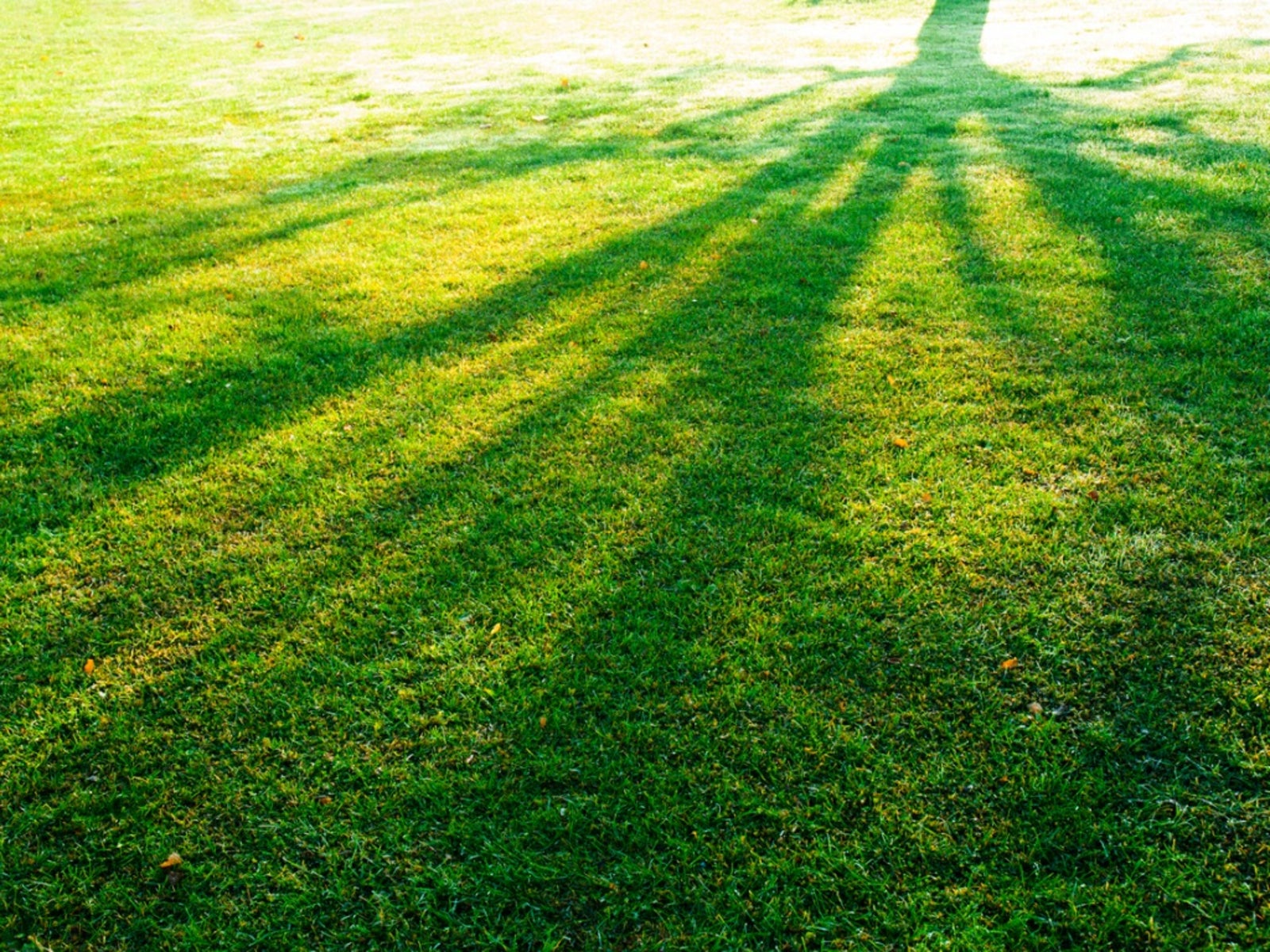Tips For Growing Grass In Shady Areas


How to get grass to grow in the shade has been a problem for homeowners since lawns became fashionable. Millions of dollars are spent each year on advertising promising lush green lawns growing under the shade trees in your yard and millions more are spent by homeowners in pursuit of that dream. Unfortunately, the reality is a little different, but knowing how to grow grass in shady areas can help to give you acceptable, if not perfect, coverage.
Growing Grass in Shade isn't the Only Solution
Growing grass in deep shade is next to impossible. Prune your trees as much as possible without hurting their health or shape to reduce shade. This will allow as much light as possible to reach the growing grass. In deep shade where tree pruning is impossible or ineffective, shade loving groundcovers such as English ivy, ajuga, liriope, or pachysandra may be a more attractive solution. Try not to turn growing grass in deep shade into a war with Mother Nature. The battle will be long and hard, and you will lose.
How to Get Grass to Grow in the Shade
Even shade tolerant grasses need at least four hours of sunlight per day. For areas with some light, whether naturally or through pruning, growing grass in shade areas is possible if you do not seek perfection. Choosing the right shade tolerant grasses is the first step to successfully growing grass in shade. For most of the country, fine fescues are the most tolerant of cool season grasses, but in the south where warm season grasses are the norm, St. Augustine grass seems to perform best. Ideally, these shade tolerant grasses should be kept longer than their sunny counterparts. A height of 3 inches (8 cm.) is recommended for fescue and 1 inch (2.5 cm.) above the norm for St. Augustine. The extra length allows extra surface area for photosynthesis to occur, thus providing a little extra energy for the growing grass. Never cut more than 1/3 the length of the blade and remove clippings to allow as much light as possible to reach the soil. Second on the list of how to grow grass in shady areas should be fertilization. The most common reaction to weakened growth in any plant is to fertilize. When growing grass in shade, fertilization should be limited. Shade tolerant grasses need only ½ the nitrogen as the rest of the lawn. Fertilize on the same schedule but adjust the amount. Overwatering is another mistake made by those learning how to get grass to grow in the shade. Shade prevents the quick evaporation of dew or surface water from rain. Dampness can encourage diseases that can inhibit growing grass. In shade it is best to water only when absolutely necessary and then water deeply. Lastly, a regular fall overseeding will help fill in thin spots that farm during the growing season. Growing grass in shade is possible if you follow these simple rules, but remember, if you're seeking perfection, you're doomed to be disappointed.
Sign up for the Gardening Know How newsletter today and receive a free copy of our e-book "How to Grow Delicious Tomatoes".

Jackie Rhoades began writing for Gardening Know How in 2010.